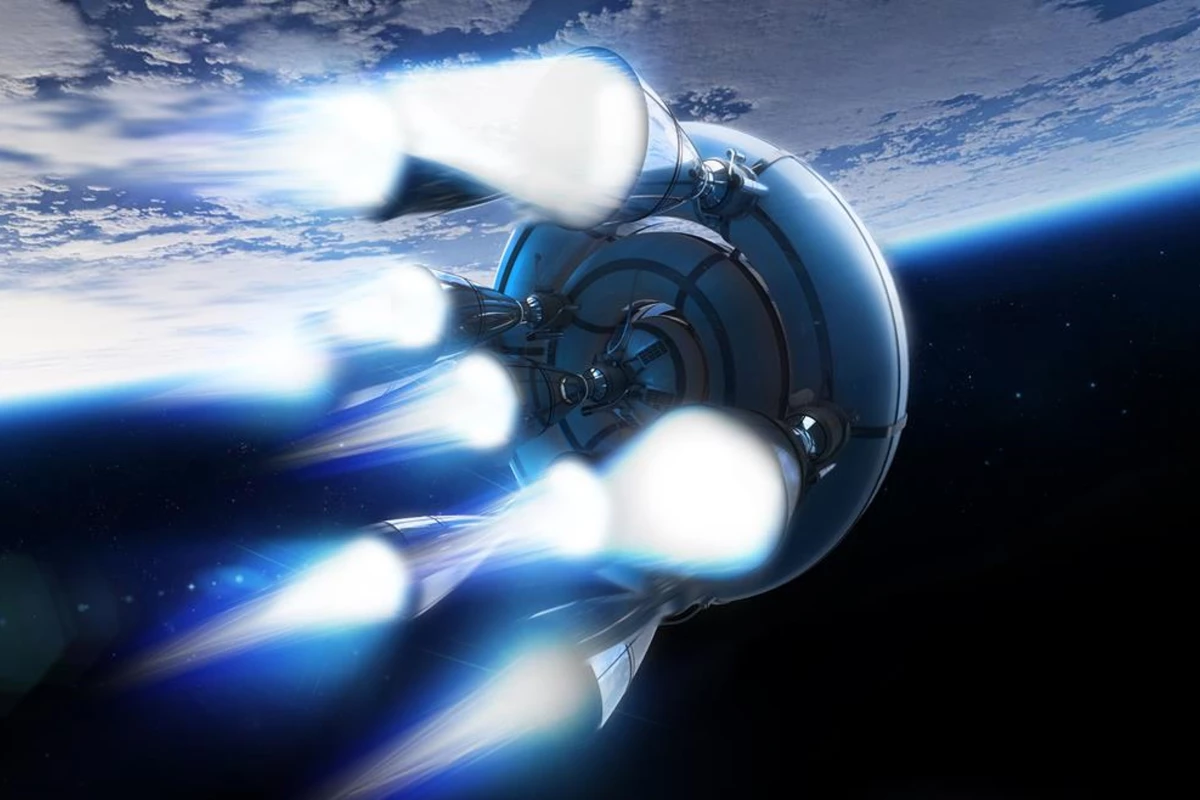Reaching space in a balloon may sound like something out of a children’s book, but Spain’s zero2infinity company doesn't think so. The Barcelona-based company specializes in near-space balloon flights for scientific and engineering clients, and is working on a nanosatellite launch vehicle called bloostar, which uses a high-altitude balloon as a first stage and rockets for reaching orbit.
The idea of a rocket/balloon or "rockoon" is not new. It dates back to 1949, when the astrophysicist James A. Van Allen and others developed the concept as a way of sending sounding rockets to high altitudes without needing the additional fuel to punch their way through the mass of the Earth's lower atmosphere. Though the technology was used until the late 1950s, the inability to steer the balloon during its ascent and the subsequent inability to predict where the sounding rocket would fall made the approach rather unattractive from a safety point of view.
The bloostar takes the rockoon idea and moves it up to the next level, with a fairly simple approach. A helium balloon lifts the nanosat payload and the upper stages of the launcher to an altitude of over 30 km (18.6 mi). This brings it above 99 percent of the Earth’s atmosphere, which means there’s so little air resistance that the launcher doesn't even need streamlining. Once in position, the launcher is dropped from the balloon and a set of simple liquid-fueled engines (that are pressure-fed rather than relying on pumps) are fired, sending the nanosat into orbit.

According to zero2infinity, this method may seem counterintuitive, but it means less drag, less fuel needed, and since the engines fire in a near-vacuum, there’s a much higher specific impulse because of higher engine efficiency. In all, the company says that costs are comparable to a secondary or "piggyback" payload launch.
Zero2infinity states that it's already begun testing with a balloon flight in September of last year of an inflatable flexible pressurized vehicle to an altitude of 27 km (16.7 mi), which will form the basis of the launcher fuel tanks. In addition, the company test-fired a privately developed and funded liquid-hydrocarbon/oxygen rocket engine, which it says is a first for Spain

"Nanosatellites today need to fly as secondary payloads, and hitchhike their way into orbit," says José Mariano López-Urdiales, CEO and Founder of zero2infinity. "We have been working on the idea for bloostar for years. Now the technology on both the satellite and launch vehicle sides is mature enough to make it happen. Many new successful companies have business plans based on nanosatellites, like Skybox Imaging, but the dedicated launcher that they would need, doesn’t exist yet. The launch industry needs to be transformed and adapt to the real necessity of providing small payloads with the flexibility to pick their own orbit and their launch date."
The company says that it already has US$200 million in pre-sales, and that the bloostar system will be operational by 2017.
The video below shows an early test of the system.
Source: zero2infinity









